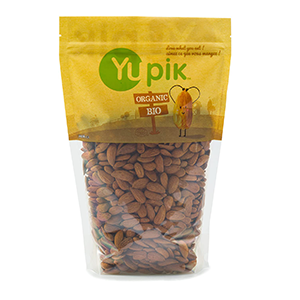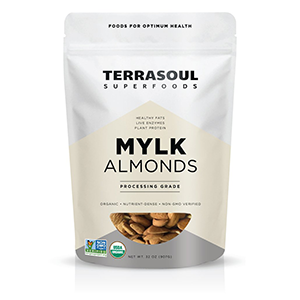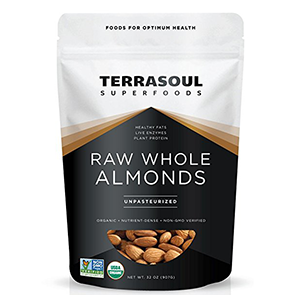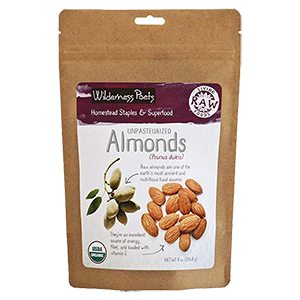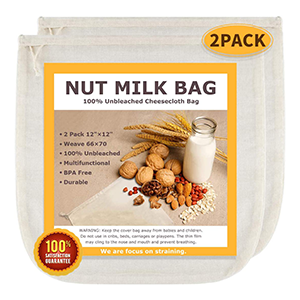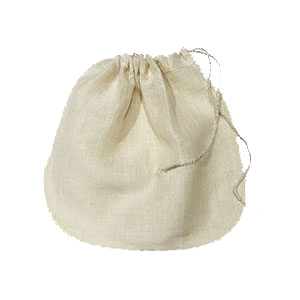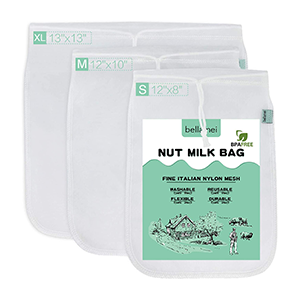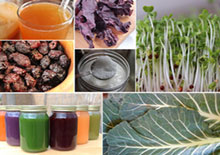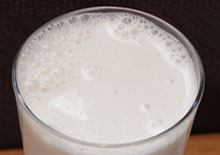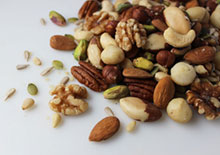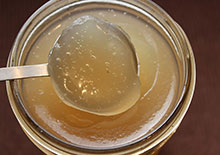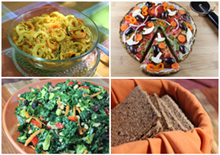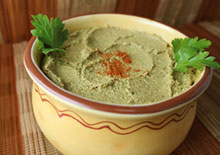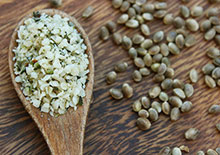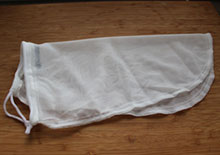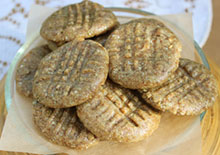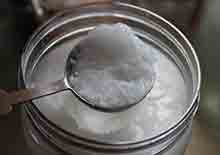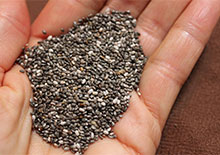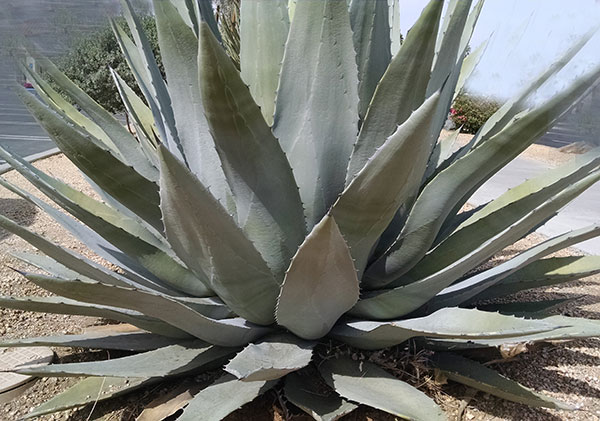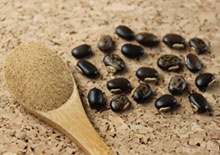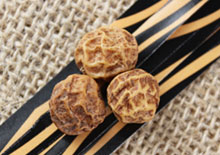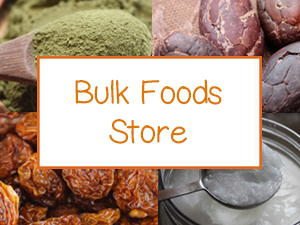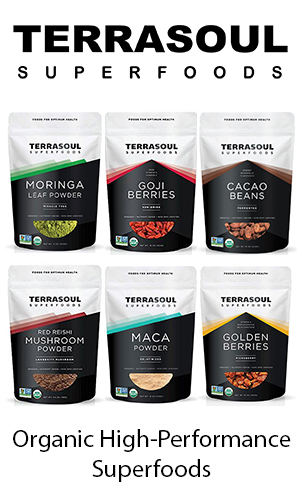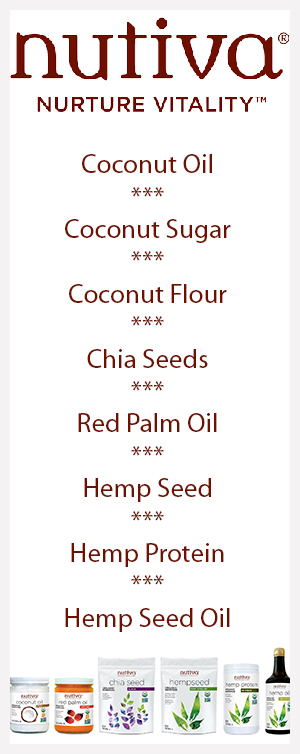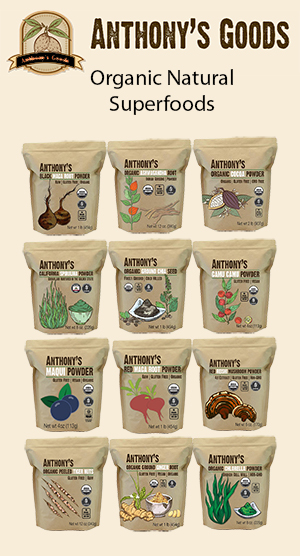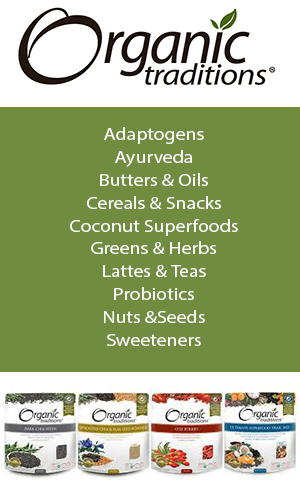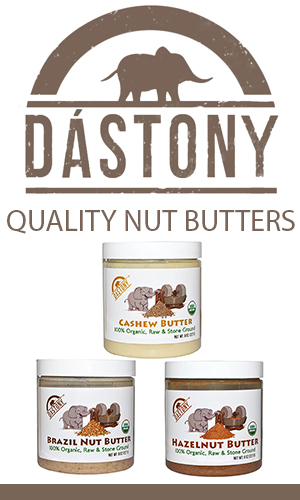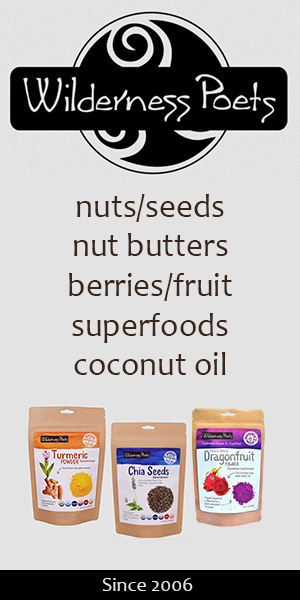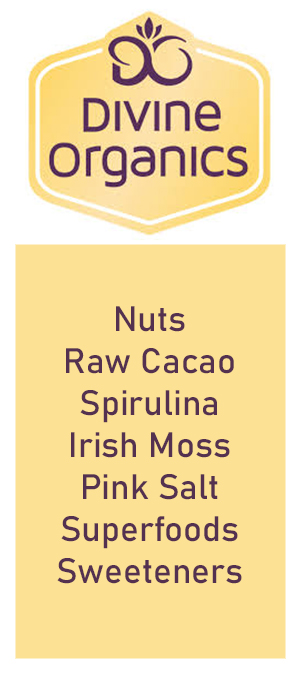Almond Milk Recipe, How to Make Almond Milk from Scratch
Intro | What is Almond Milk? | Benefits | Why Healthier? | Nutrition | How to Make | Almond Milk Recipe | Recipe Alternative | Shop
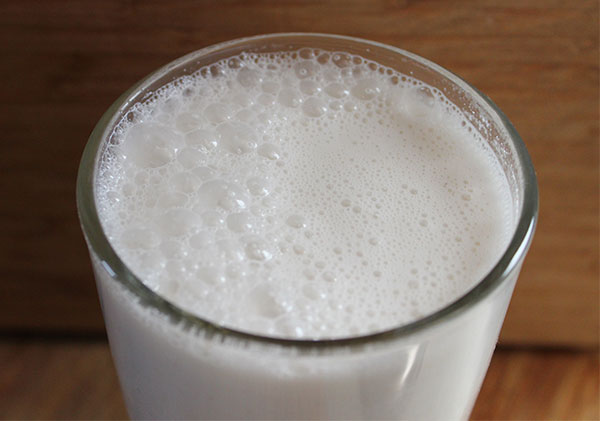
Searching for a good almond milk recipe to get you started making your own delicious homemade nut milk for you and your family? We'll show you how in our basic recipe below, along with a bonus recipe using several superfoods you can incorporate to take it up a notch.
But first, let’s cover a few basics about what exactly almond milk is and why you might want to use it as a substitute for soy or traditional dairy milk.
What is Almond Milk?
Table of Contents
Intro | What is Almond Milk? | Benefits | Why Healthier? | Nutrition | How to Make | Almond Milk Recipe | Recipe Alternative | Shop
Almond milk is produced by blending soaked and strained almonds with water in a blender and straining the milk through a nut milk bag or fine mesh strainer.
This produces a white milk that is very similar to the
consistency of dairy milk.
There are also other ingredients you can add to your nut milk recipe to create different flavors or ranges of sweetness.
Benefits of Almond Milk and Nut Milks
Nut milk makes a great lactose-free, non-dairy alternative to traditional "cow's milk" and is great for anyone who is lactose intolerant or has an allergy to the casein protein found in dairy milk.
Milk made from tree nuts, like almonds, is the perfect substitute because it tastes just like "milk", but contains far less calories per serving and no saturated animal fat.
This raw vegan version of milk is therefore better for individuals who are looking to eliminate cholesterol-promoting foods from their diet and can be a more appropriate choice for maintaining a healthy cardiovascular system.
Cow's milk is a bit higher in protein content, but it is also higher in other ingredients you don't really want in your body. This may include hormones, antibiotics, pus, genetically-modified substances and concentrated toxins. This is especially the case for conventionally raised cows that are not grass-fed or pasture-raised.
(If you choose to drink dairy milk, we recommend non-pasteurized, organic, raw milk from ethically raised goats or cows.)
While nuts, like almonds, are relatively expensive these days, it is important to remember that it only takes a small amount to make a quart jar of milk.
Even when you spend more on organic varieties (which we highly recommend) you are still saving money compared to boxed non-organic almond milks. These types also include non-beneficial additives, like calcium carbonate as well as potential thickening agents like carrageenan and gum extracts.
Almond milk is additionally a low glycemic alternative to other vegan milks, like rice milk and is likewise a better substitute over soy-based varieties high in goitrogens, phytates and other antinutrients.
Why Almond Milk is Healthier Than Other Nut Milks
Almonds are a popular nut of choice when vegan milk making for a number of reasons.
One is that they have a delicious flavor, a creamy smooth texture as well as create a white-colored milk that more closely resembles what most people are accustomed to drinking. Even when blended with their skins (which we highly advise as the skin contains many beneficial polyphenols), the liquid still turns out a milky white color when strained through a nut milk bag.
Almond milk is also a healthier choice over other types of nut milks you can make because raw almonds are known to be more on the alkaline side of the pH spectrum and slightly less acidic. Almonds are one of the varieties commonly allowed by those following the Body Ecology Diet or when healing from candida overgrowth.
We also include other nut milk recipes on this website using heavier nut and seed types, like macadamia nuts, brazil nuts and cashews. Although they are a way better alternative to dairy or soy-based milk, they do include more fat content and are generally more acidic in nature.
Almond Milk Nutrition
Nutritionally speaking, almonds are a good source of riboflavin, vitamin E, niacin, manganese, magnesium, copper, phosphorus and one ounce is 7% the daily value for calcium requirements and 8% for iron.
Making nut milk from almonds concentrates these vitamins and minerals and makes them more bioavailable and easier to digest.
Almond Milk is Good for Weight Loss
We would agree that, if you are going to drink milk, almond milk is the best choice for weight loss or for maintaining a natural body weight. The reason for this is because the milk made from raw almonds contains mostly monounsaturated fat as opposed to saturated fat, which helps to prevent weight gain.
According to nutrition data, one ounce of almonds contains 14g fat with 1.1g saturated fat, 8.7g monounsaturated fat, 3.4g polyunsaturated fat and 6g of protein. (*)
Almond milk is lower in calories compared to other nuts, and especially dairy milk, with a one cup serving of unsweetened almond milk coming in at about 35 calories and 2.5g total fat content.
By comparison, one cup of organic whole milk has 150 calories and 8 grams of fat. (*) One cup of organic reduced fat milk has 130 calories and 5g of fat.
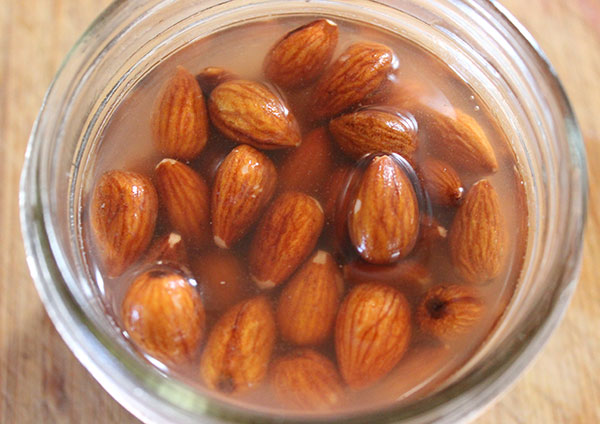
How to Make Almond Milk
Soaking Your Almonds
The first step to making a homemade almond milk recipe is to soak your almonds. This involves placing your raw unpasteurized (not roasted or salted) almonds in a jar with water and letting them soak overnight or at least 10 hours.
Like other types of nuts and seeds, almonds have enzyme inhibitors and other antinutrients that can be removed via the soaking process. At the end of the soaking time, it is necessary to drain off the brown-colored soak water and rinse the almonds one more time in pure water.
Most nut milk goes through this soaking procedure to also make the almonds easier to blend.

Why Strain Your Almond Milk Recipe?
Straining the blended almond milk through a nut milk bag or fine mesh strainer helps to remove the fiber content and simply makes a better milk consistency. Since almonds and their skins are high in fiber, it is a necessary step if you want a creamy but not an extra thick milk to drink.
When pouring your blended water and soaked almonds through a fine mesh reusable nut milk bag, you basically squeeze the milk out of the bag, kinda like milking a cow. :) This process removes the almond skins so you get a nice smooth, silky white milk.
Some people blanch their almonds and remove the skins by hand when making an almond milk recipe. We believe this is an unnecessary, not to mention, tedious step. Blending up the skins also releases some of the beneficial flavonoids that you want to consume.
Basic Almond Milk Recipe
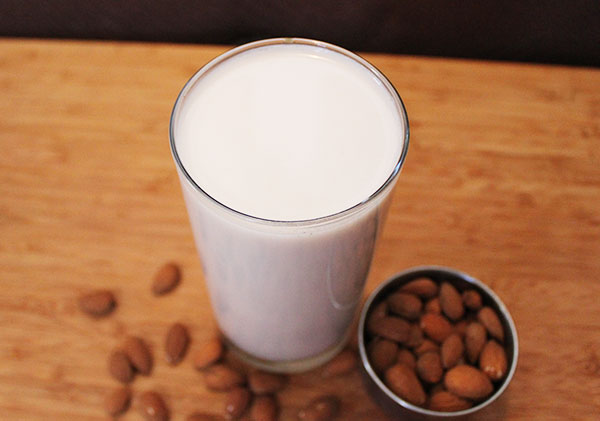
Ingredients:
- 1C raw almonds
- 4C pure filtered water
Directions:
- Soak your almonds in pure water overnight or at least 10 hours.
- Drain out the soak water and rinse again in pure water.
- Add the soaked strained almonds to your blender with 4C water.
- Blend on high speed for at least 1 minute or longer, until creamy smooth.
- Placing an opened nut milk bag over a bowl, pour the blended mix into the bag,
secure the top and squeeze out the liquid into the bowl with your clean hands.
- Pour into a glass quart jar with a lid and refrigerate.
Homemade almond milk will usually last 5-7 days when stored in the fridge.
The nut pulp fiber leftover from your nut milk can be used to make other vegan recipes and desserts. This includes raw hummus, dips, cracker recipes croutons and pates.
One of our personal favorite ways to use nut pulp is in dehydrated no-bake cookies or granola recipes.
Almond Milk Recipe Alternative
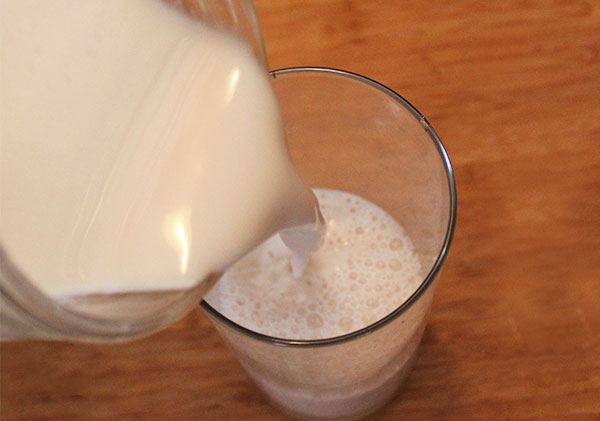
There are additional ingredients you can add to make your nut milks extra nutritious, flavorful and creamy sweet.
Coconut oil, hemp seeds, irish moss gel or chia seeds can be used to make a rich and thicker milk.
In addition, you can also add a variety of spices and natural sweeteners.
Ingredients:
- 1C raw almonds
- 4C pure water
- 2T hemp seeds
- 1t coconut oil
- 1/4t vanilla powder or extract
- pinch of Celtic sea salt
- 1t irish moss gel
- 1T agave nectar
Directions:
- Soak your almonds in pure water overnight or at least 10 hours.
- Drain out the soak water and rinse again in pure water.
- Add the soaked almonds and hemp seeds to your blender with 4C water.
- Blend on high speed for at least 1 minute or longer, until creamy smooth.
- Placing an opened nut milk bag over a bowl, pour the blended mix into the bag,
secure the top and squeeze out the liquid into the bowl with your clean hands.
- Add the milk back to the blender and blend with remaining ingredients.
- Pour into a glass quart jar with a lid and refrigerate.
If you really want to get fancy, you can use herbal tonic teas as your liquid base and then add various superfoods like chaga, ashwagandha, maca or mucuna. This increases nutritional quality of your milk, but can also change the flavor, color and consistency quite a bit.
Try another version of our almond milk in our ashwagandha milk recipe.
Are "RAW" Almonds a Raw Food?
To ensure highest quality and nutritional content, we recommend that you use organic raw unpasteurized almonds when making your almond milk recipes.
Most all nuts and seeds, up until 2007, were available as a 100% raw living food complete with healthy fats and phytonutrients. However, since 2007, it became required in the U.S. to pasteurize almonds because of previous Salmonella-linked outbreaks, which initially occurred from commercially distributed almonds sold at Costco. In response, the USDA, together with the FDA, the Almond Board of California and other groups issued a mandatory legislation calling for either steam processing or propylene oxide fumigation treatment to eliminate potential pathogens.
Fumigation techniques employ the use of propylene oxide, which is classified as a probable human carcinogen by the U.S. Environmental Protection Agency. Fortunately, PPO is not allowed when the nuts are sold as an organic product, which is one way to ensure they have not been treated.
There are currently no standards for what qualifies as "raw" food, so when a product is labeled "RAW" is not considered a guarantee that they have not been heat-treated at high temperatures.
Fortunately, many online suppliers are now selling organic and "unpasteurized" almonds, through various legal loopholes. These are almonds that have the highest nutritional profile and still retain the life-force energy needed to sprout and reproduce.
Shop Related Products (About Affiliates & Amazon Associate Paid Links)
Affiliate Disclaimer: This section contains affiliate product links. If you make a purchase through our recommended links, we receive a small commission at no additional cost to you. Thanks for the support.
